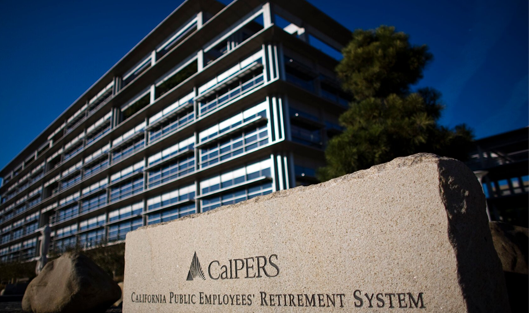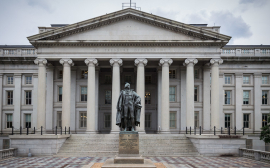Description
The California Public Employees Retirement System (CalPERS) is an agency in the California executive branch that "manages pension and health benefits for more than 1.6 million California public employees, retirees, and their families". In fiscal year 2012–13, CalPERS paid over $12.7 billion in retirement benefits, and in fiscal year 2013 it is estimated that CalPERS will pay over $7.5 billion in health benefits.
As of June 30, 2014, CalPERS managed the largest public pension fund in the United States, with $300.3 billion in assets. CalPERS is known for its shareholder activism; stocks placed on its "Focus List" may perform better than other stocks, which has given rise to the term "CalPERS effect". Outside the U.S., CalPERS has been called "a recognized global leader in the investment industry", and "one of America's most powerful shareholder bodies".
As of 2018, the agency has $360 billion in assets, and is underfunded by an estimated $150 billion, with current assets below 70% of necessary to provide for liabilities. In an effort to reduce this shortfall, at the end of 2016 the board lowered their expected annual rate of return on investments from 7.5% to 7.0%, increasing the costs California cities must pay toward their workers' pensions.
History
Discussion about providing for the retirement of California state employees began in 1921, but only in 1930 did California voters approve an amendment to the State Constitution to allow pensions to be paid to state workers, and only in 1931 was state law passed to establish a state worker retirement plan. In 1932, the "State Employees' Retirement System" (SERS) began operation. The California State Employees Association, established in 1931, began a close relationship with SERS that continues to this day.
In 1939, the state Legislature passed a bill that allowed local public agencies (such as cities, counties, and school districts) to participate in SERS. Initially, SERS could invest only in bonds, but in 1953 a new state law allowed SERS to invest in real estate. SERS then built a 670,000-square-foot (62,000 m2), 16-story building in Sacramento which opened in 1965; part of the building housed SERS employees, and part of the building was leased to other state agencies.
The "first major new benefit for SERS members," health insurance, began in 1962 with the passage of a law that was later amended to become the "Public Employees' Medical and Hospital Care Act". Because by 1967 SERS was contracting with 585 local public agencies for retirement benefits, its name was changed to the "Public Employees' Retirement System" (PERS). With the passage of a ballot proposition and a state law in 1966–1967, PERS was allowed to invest 25% of its portfolio in stocks; in 1984, Proposition 21 removed the 25% limitation.
State Treasurer Jesse M. Unruh was a PERS Board member in the mid-1980s. He began PERS' emphasis on corporate governance; in addition, he was instrumental in creating the Council of Institutional Investors, an organization of pension funds and other institutions that opposed "greenmail and other corporate practices that benefited only management".
In 1986, the headquarters building of PERS, now called "Lincoln Plaza North", was completed in Sacramento at a cost of $81 million. The building, which has 492,900 square feet (45,790 m2), is known for its six-story-high atrium and landscaped terraces.























